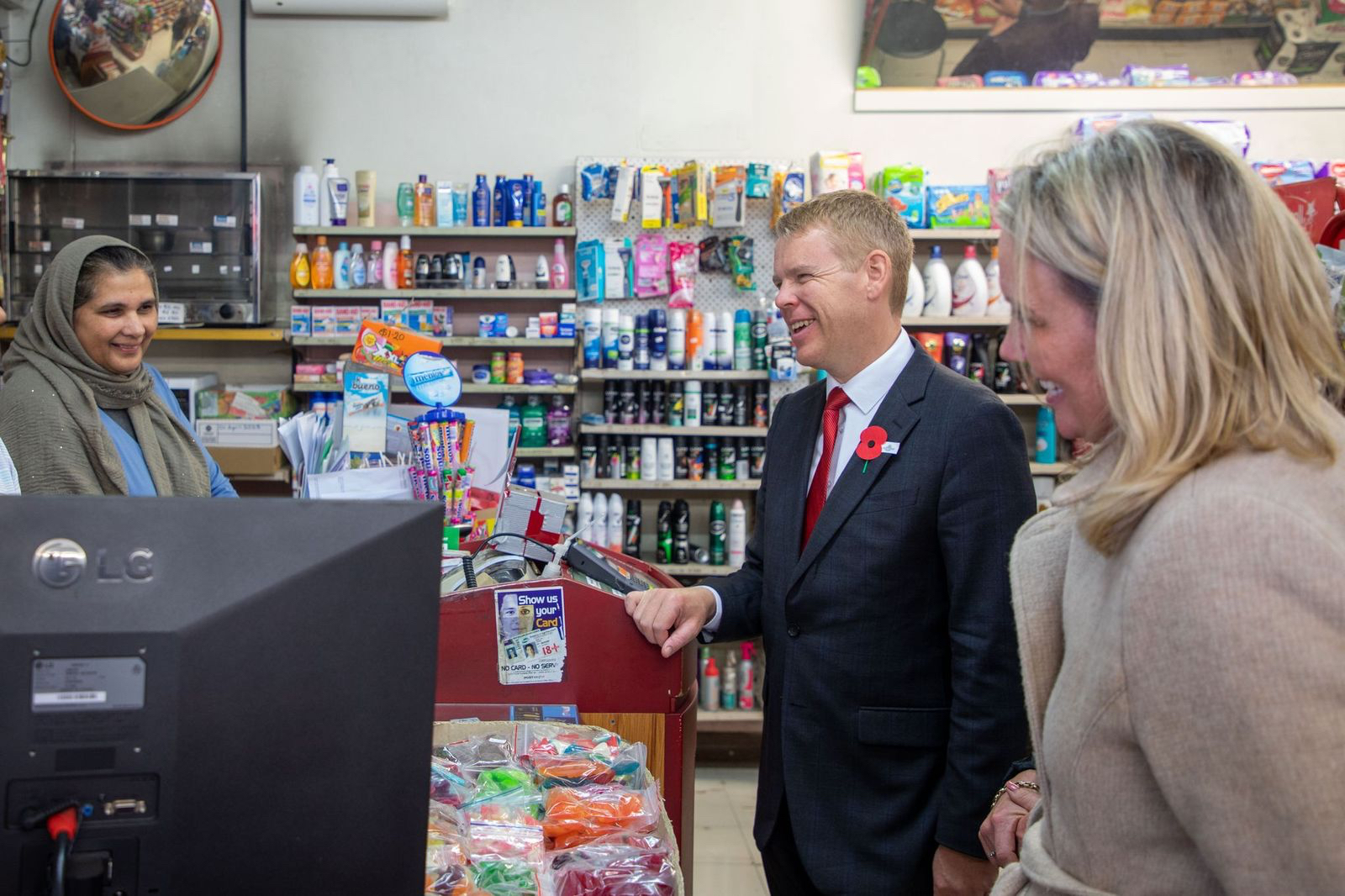Opinion: National’s celebrations at its annual general meeting last weekend were understandable. It was the first chance the wider party had to congratulate itself on returning to office after six years in opposition. But the excitement was tempered by the realisation that the next election is just over two years away, and that it will be much harder to win than last year’s was.
Although there are signs the economy will be improving by then - the ※green shoots§ Nicola Willis referred to - they are unlikely to be enough to ensure National and its allies win a second term. After all, at its heart, politics remains a simple game. It is all about having the numbers in Parliament. Those with the numbers govern; those without, do not.
And that is National’s problem. To be assured of winning again, National needs to achieve 48 percent of the party vote - at last year’s election it received just 38 percent. But bolstered by Act (8.6 percent) and New Zealand First (6.1 percent) National was able to form a majority coalition government.
The coalition is functioning well, with few outward signs of fracture so far. However, it remains to be seen whether that situation will carry on until 2026, or whether the coalition partners’ inevitable focus on maximising their own brand and voter support will make the process of government less cohesive and more disruptive. There is already speculation about how reliable NZ First will be after Winston Peters’ term as deputy prime minister expires next May.
At present, therefore, National’s future electoral prospects look to be hostage to the fortunes of Act and NZ First. If they do well, it will likely stay in government; if they do not, an early return to opposition beckons.
To remove this shackle, National needs to lift its vote share from the 36 percent it is averaging in the polls to at least the mid-40 percent range, which party president Sylvia Wood called for at the weekend conference. But the party does not yet appear to have any coherent strategy to achieve that goal. Wood’s suggestion that party members invite family, friends, neighbours and workmates to join National is well short of what will be required.
In the short term, such an inadequate approach simply strengthens the influence of Act and NZ First within the Government. That blurs further National’s ability to firmly stamp its own brand on what the Government is doing.
In the days of the First Past the Post electoral system, winning elections came down to winning the key provincial electorates. Between 1935 and 1996 no new government came to office without winning the secondary cities, including the Hamilton seats, Gisborne (except in 1949), Hastings, and often Palmerston North and Invercargill, along with a range of other marginal seats. That dynamic has changed with the advent of the Mixed Member Proportional voting system, but the principle behind it remains unchanged. Although conducted on a national basis, elections are still decided in a relatively few areas.
Today, elections come down to who wins in electorate and party vote terms across the 19 electorates comprising the Auckland region. In 2023, National did much better in the party vote in Auckland than across the rest of the country, averaging 43 percent across the Auckland electorates, 5 percentage points higher than its national figure of 38 percent. National also took six electorate seats off Labour in Auckland, including previously thought impregnable western fortress seats such as Mount Roskill and New Lynn, and came ever so close in other strongholds such as Te Atat迂 and Mount Albert. But at the same time, it not surprisingly lost Tamaki to Act.
Though National could be expected to retain former Labour seats Upper Harbour, Takanini, Maungakiekie and Northcote in 2026, it will face real battles in Mount Roskill and New Lynn and is unlikely to repeat its near successes in Te Atat迂 and Mount Albert or regain Tamaki. On that basis, maintaining its 2023 party vote of 43 percent in Auckland will not be good enough.
Falling mortgage interest rates and modest economic growth over the next two years will help National’s cause in Auckland, as elsewhere, although rising unemployment and violent crime levels will hinder it. Therefore, the Government’s relationship with Auckland Council will become that much more important, especially as there are signs Mayor Wayne Brown’s plans to ※fix Auckland§ are starting to gain traction and local support.
In 2023 National said it would introduce specific city and regional deals to promote local regional growth, productivity and housing. Brown’s determination to have Auckland decide its own future, not be told what to do by Wellington, not only sits well with this concept but is now a key component of achieving his fix-Auckland focus. An Auckland regional deal, sooner rather than later, would not only be a win-win result for the mayor and the Government, but would also help boost National’s support and potential future party vote in Auckland.
Wooing of the Auckland vote for the next election has already begun. Auckland-based Prime Minister Christopher Luxon and Labour leader Chris Hipkins are both spending more and more time in Auckland overtly ※listening§ to Aucklanders and what they have to say. Each knows that without the support of Auckland their party has little chance of being in government.
National starts the next Auckland campaign ahead of Labour. But it is still far from being in a winning position. According to the polls the relative positions of the centre-right and centre-left blocs have changed little since the election. The shifts in party support that have occurred since then have been within party blocs rather than across them. That leaves National uncomfortably reliant on Act and NZ First to survive in government.
And though it talks about growing its vote share into the mid-40 percent range to ensure it wins again in 2026, there are few signs of how it will go about that.


